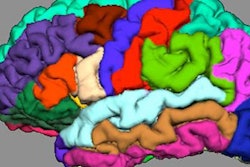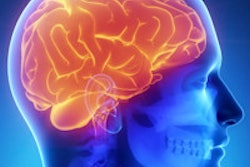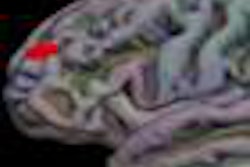Two studies published in the November issue of the Journal of Nuclear Medicine suggest that inflammatory response of brain cells, visible on PET scans, could provide valuable information to clinicians who manage patients with neurologic disorders such as migraine headaches and psychosis in schizophrenia.
Neuroinflammation has been identified as a major factor in many neurodegenerative disorders such as multiple sclerosis, Parkinson's disease, and Alzheimer's disease. However, these two studies are the first to identify neuroinflammation in specific regions of the brain, a finding that holds promise for evaluating treatment response to anti-inflammatory drugs and could potentially impact diagnosis and treatment.
One of the lead authors of the PET study on neuroinflammation in schizophrenia-related psychosis, Janine Doorduin from the University Medical Center Groningen in the Netherlands, explained that without molecular imaging, the only way to look at brain inflammation was in a post-mortem examination.
While post-mortem exams revealed the presence of activated microglia cells in the brain, results often were inconsistent and therefore inconclusive. Using PET to noninvasively image the living brains of patients with schizophrenia pinpointed the neuroinflammation in an exact location of the brain: the hippocampus. Future studies could target this region for further investigation.
The PET imaging study of neuroinflammation associated with migraine headaches was conducted on rat brains by researchers in Japan. This research suggests that an inflammatory process may be involved in the pathologic state of migraines, and that PET may prove to be a valuable tool in diagnosis and treatment, according to Yi-Long Cui, Ph.D., a researcher at the RIKEN Center for Molecular Imaging Science in Kobe, Japan. Monitoring therapeutic efficacy is another potential benefit, and the PET radiopharmaceutical used in the study, C-PK11195, has already been applied to patients in other diseases.
Related Reading
UCLA study finds PET with FDDNP radiotracer can predict Alzheimer's, January 13, 2009
PET may help differentiate dementia syndromes, uncover ALS, December 2, 2008
PET, PiB support cognitive reserve hypothesis in Alzheimer's, November 14, 2008
WSJ: FDA supports imaging agents for Alzheimer's, October 24, 2008
PET with C-11 PiB can assess beta-amyloid brain deposits, August 12, 2008
Copyright © 2009 AuntMinnie.com



















